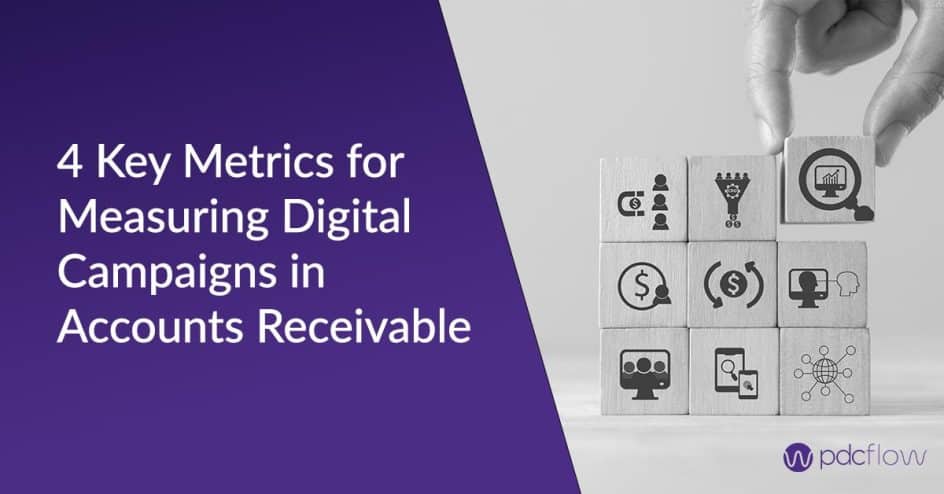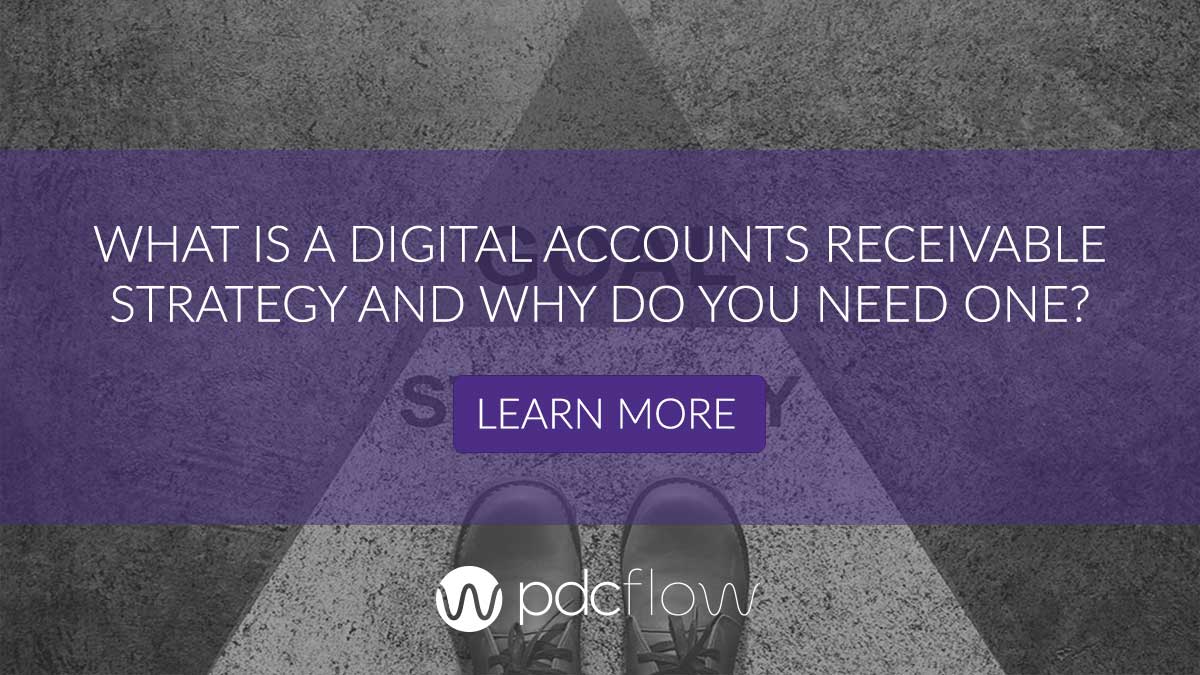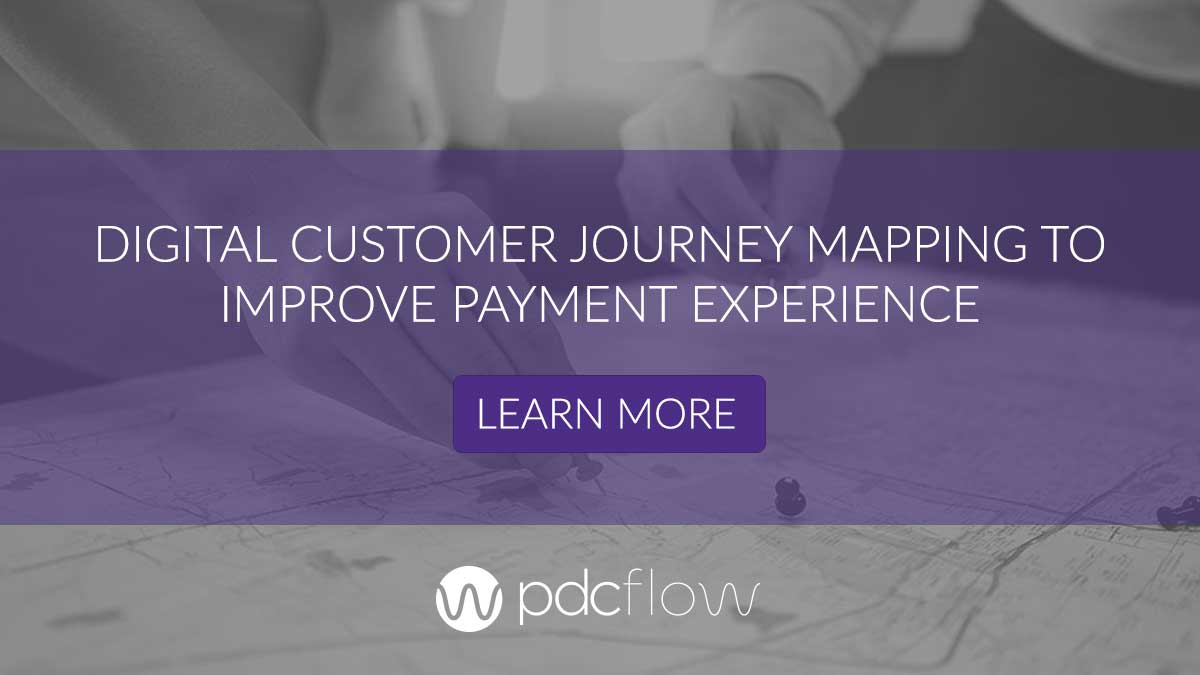Every debt collector knows the struggle of getting consumers to answer their phones. Digital campaigns can better engage people who want to pay without requiring them to answer a call. But you need to collect certain key metrics to know these new tactics are working.
Collecting and analyzing your data will help you understand how your business is performing and forecast future engagement and revenue. There are several ways to measure your processes. Here are four ways to know what’s working and where to improve.
1) Measure Key Metrics by Channel
Portal Metrics
In debt collection, you need to offer self-serve payment options for those who want to pay without an agent’s help.
It’s also important to let people serve themselves in other ways like filing a dispute, finding more information about your company or their account – or even to make a complaint.
Because your portal should offer many different types of actions, you need to be thoughtful about the data you collect. It can help you understand who is visiting your website, when and why. Capture information like:
- New users to the portal - You should measure how many new visitors are coming to your portal. This will provide a baseline understanding of how popular it is and how easy it is to get there from the communication channels you use.
- What channels are they from? - Knowing what channel your consumers are coming from (SMS, email, QR code on letter, google search) helps you know which are the most popular. A dip in activity after strong numbers could mean your messaging in a certain channel may need a change.
- Close rate - How many people are going to your portal and leaving with what they wanted? Gather key metrics on how many visitors are completing the actions they wanted on your site (paying a bill, changing communication preferences, filing a dispute, etc.)
Email/SMS
Text and email communications are the most popular digital channels used to engage with consumers. They can help you reach people who wouldn’t answer a phone call or may not take action on a letter but still want to pay their bills. To maximize how effective these channels are for your agency, you need to measure things like:
- Open rates - how many people opened the message?
- Click rates - how many people clicked on the link or took the action you wanted them to?
- Spam complaint rate - how many people are marking your emails as spam?
- Bounces - how many of the contacts were old/invalid and couldn’t be reached during a send?
- Opt out rates - how many contacts are opting out of your messages?
Chat or Chatbot
If you use a web chat channel, you should watch how consumers are interacting with it. The digital metrics you collect might change depending on a live agent chat vs. an AI chatbot but either way, you should measure how easy it is for people to find what they are looking for.
Chat Agents
For live agent chats, you need to watch interactions the way you would monitor a traditional call. Make sure agents are following the standard operating procedures of your office.
Along with compliance concerns and following policy, you can measure how long on average it takes to resolve conversations, how many chats can count as a resolution and how many payments originate from chat.
AI Chatbot
Many companies like chatbots because they don’t require the same amount of manual work as a live agent. AI can direct consumers to most of the resources and solutions they may need without human intervention. You can track:
- How many consumers use the chatbot
- What time of day the chat feature is most popular
- How efficiently your chatbot leads consumers to the resources they need
2) Monitor Success Metrics
After Hours Metrics
If self-serve and after hours options are important to your digital campaign, you should track how effective they are. Your key business metrics will help you learn:
- How many of your consumers are making payments when the office is closed
- Average dollar amount of after hours payments
- How many payer created recurring payment schedules are made after hours on your online payment portal
- How fast people can navigate self-serve workflows without agent intervention
Return on Investment (ROI)
You should know how much your digital channels are costing in relation to how much you’re gaining from using them. Software prices can seem high but the real story is sometimes more complex. Your ROI is a mix of business performance metrics, taking into account:
- How many new consumers your agency is engaging that wouldn’t have been reachable by old methods, like phone calls
- How much revenue overall comes from your digital channels
- How much money you may be saving by sending fewer paper letters, speeding up account resolutions and using fewer agents to collect more
- How much manual work has been eliminated by using digital communication tools
Customer Surveys
3) Monitor Failure Metrics
Understanding your shortcomings as an organization is the key to improvement. Measuring the negative aspects of customer communication will reveal problems in your processes. However, they can also help you narrow down the best accounts to target during the collection process.
Those who opt out, don’t open any emails or file a detailed dispute on your portal are giving you a clear message on how they want to engage. The information you learn from these key metrics will help you know how to proceed collecting on accounts.
- Opt outs
- Incomplete payments
- Low open rates
- Low response rates
- High complaint rates
- Detailed dispute filings
If you use email, also pay attention to any emails that prompt a different response than intended. If you want people to self-pay, but see tons of calls to agents instead, your messaging may need work.
4) Broad Measurements
Can Customers Find What They Need?
Are You Improving Liquidation Rates?
Are Your Digital Communication Channels Being Used Properly?
Measure popularity of your digital channels. Do your typical consumers prefer SMS? Email? Perhaps printing a QR code link to your payment portal is the most effective channel. Whatever you try, make sure the digital channels you offer are being used.
If you see a drop in digital engagement, experiment with new messaging or a new subject line in your emails. If consumers keep calling for agents after a self-pay call to action is sent, evaluate your payment workflow.
Your agents should also drive consumers to your digital channels. Train them to ask for updated communication preferences on every call.
Keep up to date with digital collections trends and best practices. Subscribe to the PDCflow blog.
Subscribe to the Blog
Want to know more about PDCflow Software?
Press ▶️ to watch our explainer video





